Snow in Africa, Game of thrones and underground cities
“The real voyage of discovery consists not in seeking new landscapes, but in having new eyes.” – Michael Proust
To get to the Sahara, we would literally have to cross mountains. The journey was long, arduous, but rewarding nonetheless.
We started our day winding through the High Atlas Mountains. Contrary to popular belief, Morocco does not consist of just sand and monkeys wearing ridiculous hats. As a matter of fact, there are three sets of mountains in Morocco: The High atlas, the Anti-atlas and the Middle atlas. Our journey to the Sahara would take us to the former two.
The High Atlas, the highest of all the mountain ranges (duh, thus the name) peaks at 4,167m. It’s often snow-capped year-round, even in the summer months. So yes, there is snow in Africa.
Here I am disregarding trafficking rules for a mandatory road trip photo, endangering my lives and others in the process.
The traditional shops were covered as snow as well.
I might have thought that this was the alps if I didn’t know any better.
Obviously we didn’t pass at the highest point at 4167m, but 2260m is already very impressive. Considering how the highest elevation in Singapore stands at 164m (Bukit Timah Hill).
Snow and rice paddies. I never would have thought that this was possible.
Another interesting stop on the way was Aït Benhaddou, an UNESCO site but to Game of Thrones fans like me, welcome to Yunkai.
Ok maybe not strictly Yunkai as GoT heavily CGIed the place but it was close. In reality, less than 4 families still live and work here. Unfortunately, after years of abuse by careless tourists and crazy fans (like me), the place is mostly reduced to ruins.
Khalessi wasn’t home );
The Anti-Atlas makes for more spectacular views. Significantly lower than the High-Atlas Mountains, it only averages a height of 2,500m to 2,700m. The desolate and barren landscapes make it a perfect place to imagine what a post-apocalyptic wasteland would be.
Still all smiles in the nuclear wasteland.
I thought that this little boy was flipping the bird at me but a zoom closer proves that he’s just protecting his eyes from glare. Phew.
Our last stop was Tamegroute, a village located in the Draa valley. Tamegroute was famous for its pottery and its underground Kasbah.
It was a really lovely photographic opportunity but we were a little shaken by our encounter with the locals. Basically, Tamegroute was a lot more conservative than another villages in Morocco. I was trying to take a photo of the underground kasbahs (above) while a few local women were in the background. I thought nothing of it, but they started shouting and spewing vulgarities (I guess) at us. Hold up, chill. They were literally quite a distance away, and I wasn’t intending on taking their photo in the first place.
Whatever.
We didn’t let that spoil our epic roadtrip!
Famous for green glazed pottery, Tamegroute has been put on the map for its skilled craftsmen. We watched as local craftsmen demonstrated the traditional way of making pottery, complete with an underground food pedal. Just with a few slights of hand, viola! A cup.
Here are some examples of the finished products. But alas, we were but poor students who could not afford anything on sale.
I certainly thought that the journey to the Sahara was as exciting (ok, maybe just a little bit less) than the Sahara Desert itself, it certainly provided us with lots of opportunities to learn about local culture and even unsuspectingly offend local villagers.
Ah wells.
Share this article with someone you’d want to explore Morocco with!




















